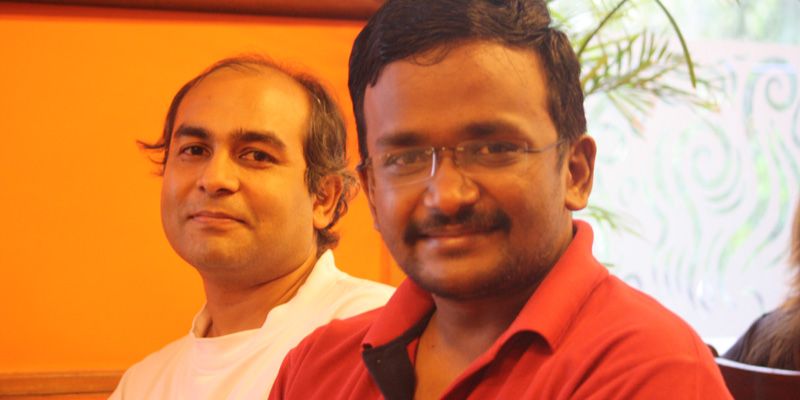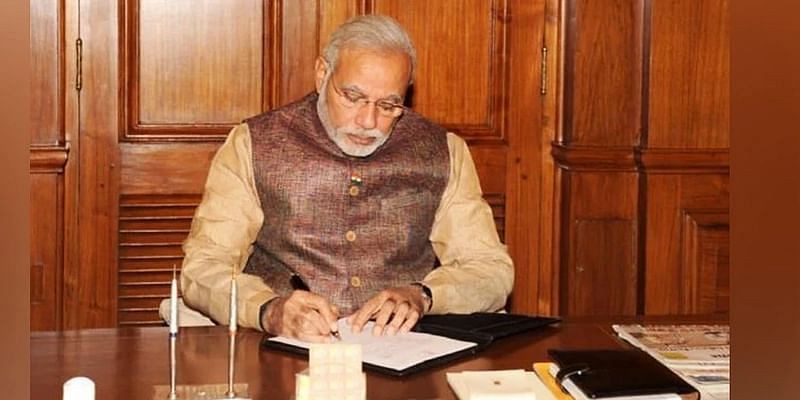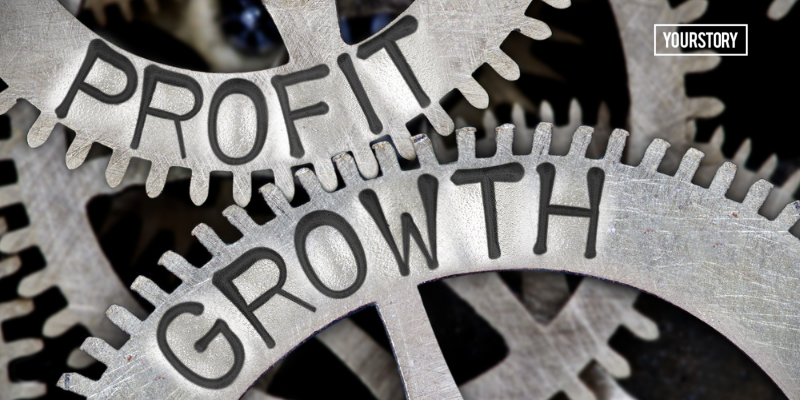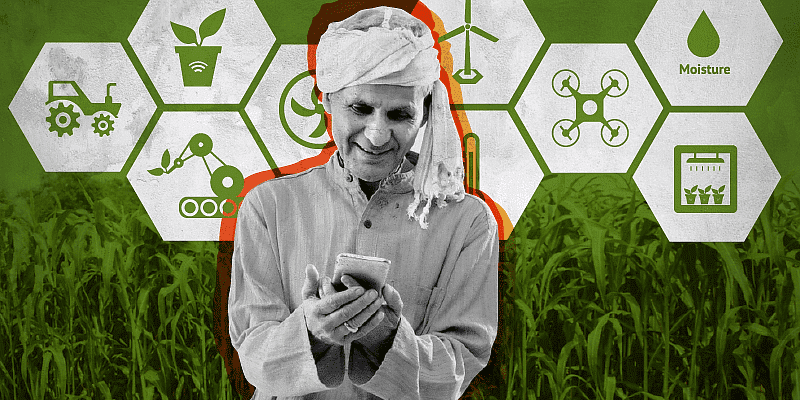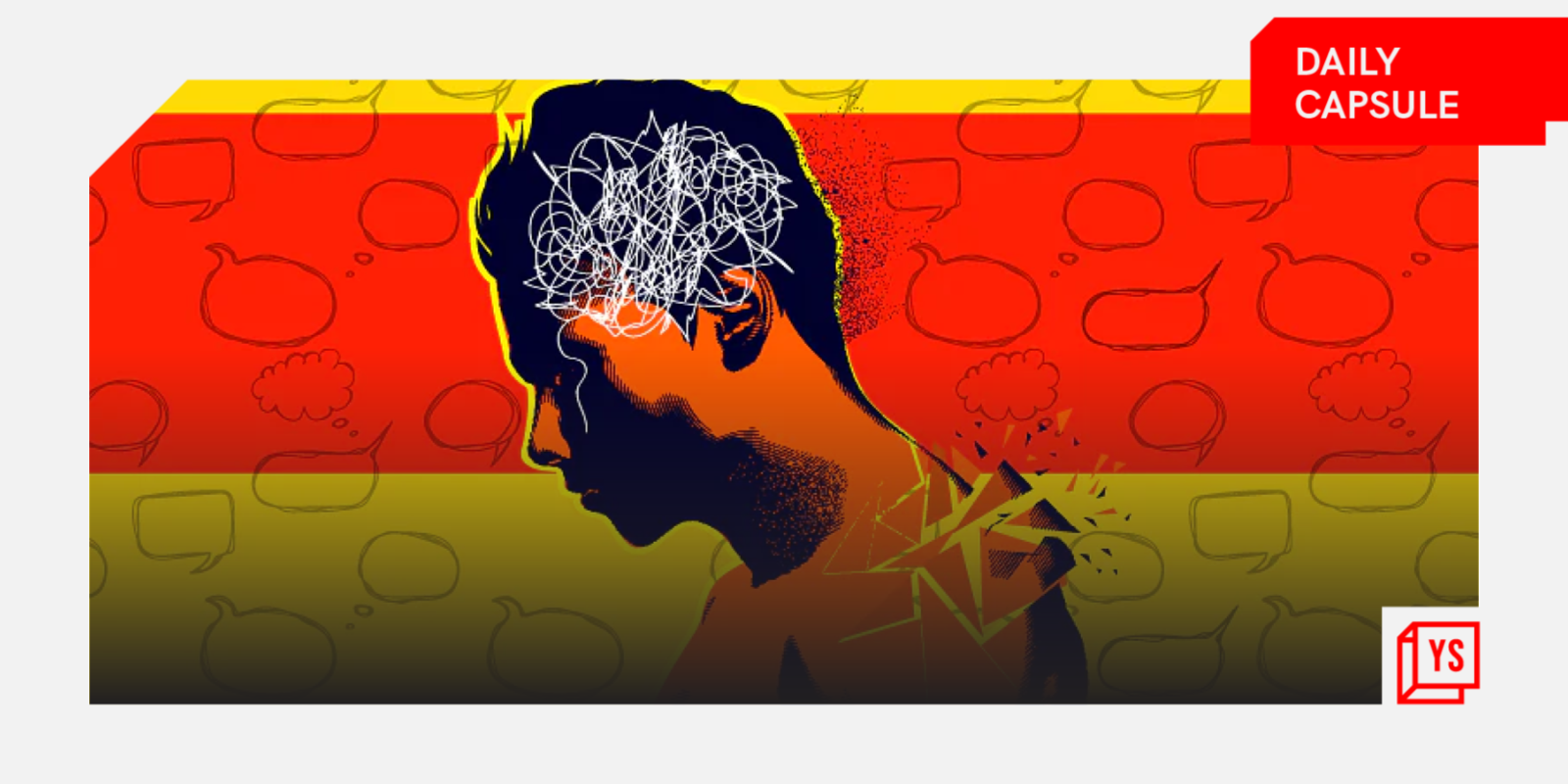This startup throws light on how India lives through data
Have you ever wondered who's searching for what on matrimonial websites? Which makes of cars, bikes and scooters get stolen the most in Delhi? How a satellite town like Gurgaon was built? Or, interestingly still, get a word analysis of all the budget speeches since 1947. To answer all these and more, Delhi-based data search and visualisation startup How India Lives (HIL), was set up by four business journalists John Samuel Raja, Avinash Singh, Anand Krishnamoorthy and Ramnath NS. A fifth, Avinash Celestine, who is the person behind most of the data visualisation, joined them in due time.

The product
John, a seasoned journalist, has been writing on economy and the corporate world. He was already working on stories based on public information when, in 2012, he was awarded a $16,000 grant from Tow-Knight Foundation for his business idea of making available public data in a searchable and visual format. Thus was born HIL. It was while working with The Economic Times, that he realised that even in large media houses across the country, there were only a handful of people who could access data. John was of the opinion that data should be widely accessible, searchable and understood. This was the inception of his idea to bridge the gap between accessing data and understanding data.
Call it serendipity, but around the same time, Census 2011 data started getting released and a lot of it was out there in the market. John says, “The number of variables cross-talking to another variable was extremely rich and I did not want to lose out on the opportunity.” With the grant in place, and John’s colleague Avinash in tow, the two business journalists started working towards giving their idea a definitive shape.
The challenges
The project was exciting but working on it from the grassroot level was an arduous task. At the ground level, while working at collating government data, HIL found that the data points from each linked government department was different from the other in many aspects. “For example, there was no consensus on the number of districts in each State. India Post, Rural Ministry and Census department showed varying data, which could be as chaotic to a layman wanting to know about it as it would be to a research scholar,” John adds.
To tackle this, HIL started mapping districts from one data to another. Even different Census years have different number of districts, sub-districts and villages. John remembers how the name Srinagar gave them sleepless nights. “There are 120 places with the name Srinagar in four States of the country and it took us three days to work on this part alone,” says Avinash. “While developing the HIL interface we realised the dropdowns asking people of their selection of places would have to be segregated as Place and State before seeking information,” says John, adding, “Another aspect of getting data was that some information was coming now with the 2011 census data like that of mobile and Internet wasn’t there in the 2001 census data. This gap was hard to plug.”
Another area that was of concern that challenged both John and Avinash was technology. “The data we were working on could be accessed and understood by us. The choice of technology to make the data simpler and visual had to be very strong,” says Avinash. They experimented with a seasoned technology professional, Vinayak Joshi, who had done a similar large database and data visualisation project for the World Bank. He helped in creating a robust platform and gave shape to their idea.
What’s next
HIL has just launched the beta version of its website and has over 13,000 users spread across India, USA and UK. Currently, the data is available free for the users but the team is working to introduce a freemium model, along with a significant upgrade in the volume of data and the quality of the visual interface. John explains, “For example, accessing data till the district level would be free. The more crucial and targeted data would be chargeable.” HIL also plans to give access to its feeds by way of plug-ins to other data and news companies that can access it from their workstations.

Working with other entrepreneurs, John and Avinash realised that there are a lot of private sector companies which are sitting on data, which, if made available and interactive, could help in ways more than one. They did this with Shine.com, where they used anonymised data of lakhs of users of the job portal to glean insights, like which combination of software languages is the most in demand today. Similarly, HIL sourced data from Bharat Matrimony to read their data about marriage preference and choices of modern India. “Such data will help a lot of research-driven government and non-government organisations perform better,” says John. By being able to predict consumer behaviour, HIL empowers the business owners with insights at key decision points. Armed with such a useful product, the duo with their team at HIL now looks to expand their horizons in all possible directions.






